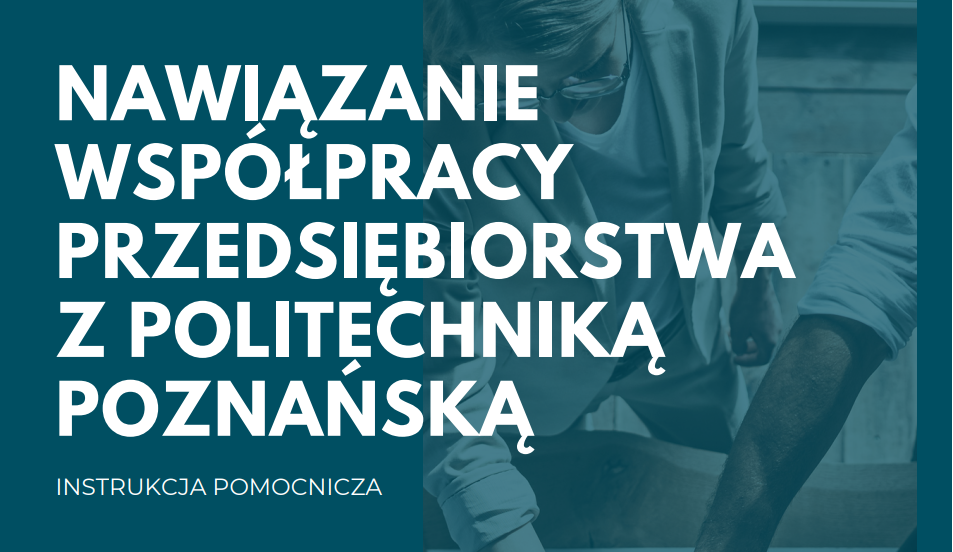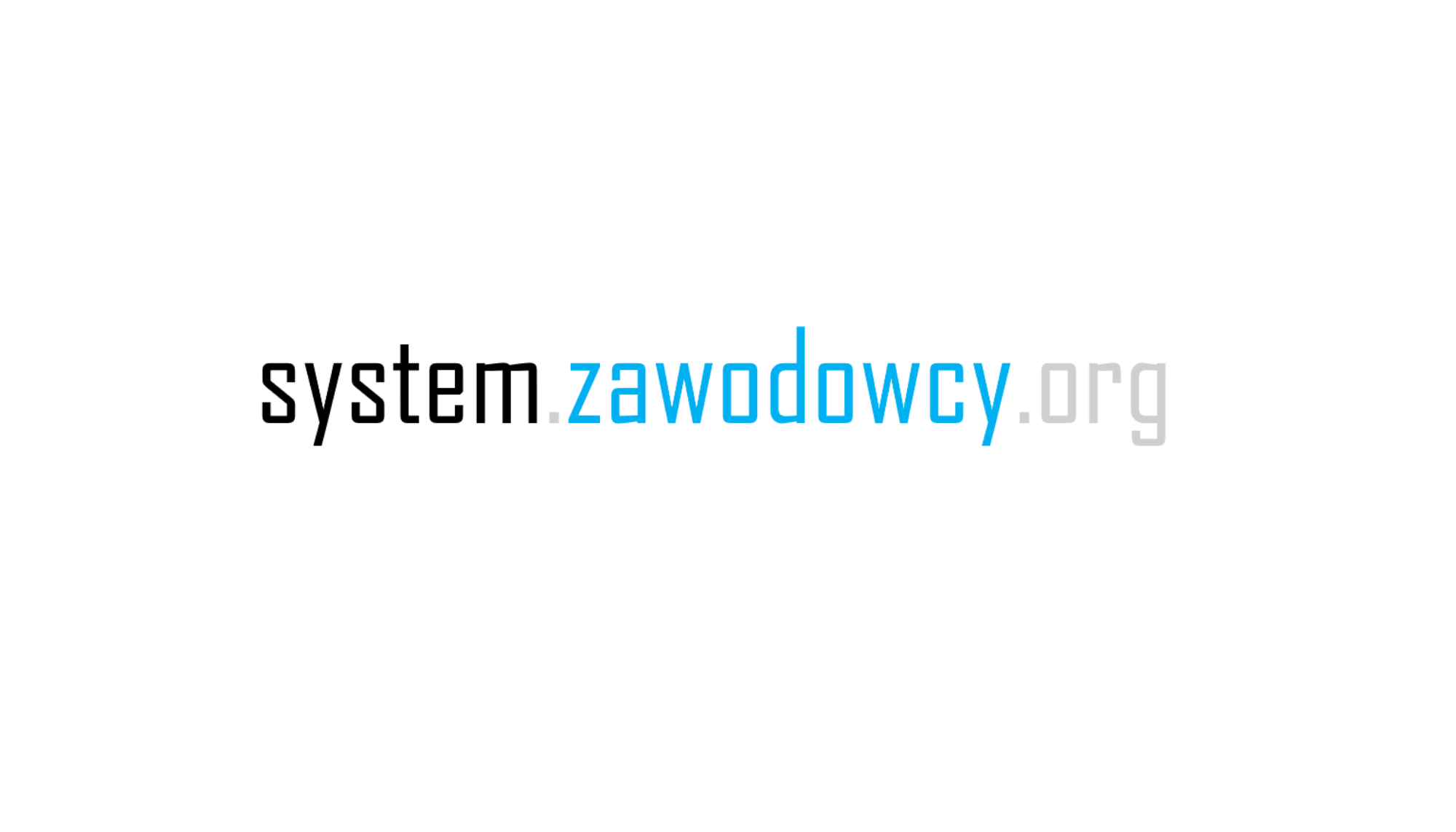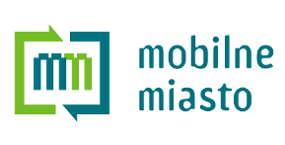
The monograph “The Acceleration of Development of Transversal Competences”
The monograph “The Acceleration of Development of Transversal Competences” documents and summarizes the first stage of implemented project tasks and at the same time defines the place of scientific and research work carried out in the project. The purpose of the project “The Acceleration Method of Development of Transversal Competences in the Students’ Practical Training Process” is to develop a teaching method which will allow to accelerate the teaching of transversal competences in the practical training process. The presented monograph is one of the objectives of the project.
The monograph shows that authors wanted to use their experience in order to accelerate the development of competences needed in the labor market to support the economy, more specifically, companies hiring new employees, often graduates of universities. The monograph may be also useful for teachers and lecturers in helping them to enrich their knowledge with the experience of other institutions in other countries.
The subject of the publicationrelates to the improvement of the methods of teaching selected transversal competences in order to make the acquisition of the competence faster. The monograph characterizes the conditions connected with acquiring these competences in higher education institutions in Finland, Poland, Slovakia and Slovenia – the title of the monograph reflects its content.
Introduction to issues discussed in monograph is the refinement of terminology based on secondary sources available in the EU – this is the content of the chapter “Basic terms”.
The next four chapters of “Higher Education System – Finnish Practice”, “Higher education system in Poland”, “Higher education system in Slovakia”, and ”Higher education system in Slovenia” describe higher education systems in the countries where the project is being implemented. Authors based on source documents (compact book publications, reports and legal regulations) present national education structures, indicating the direction of planned changes, as well as problems that are related to national education systems, demographic changes or low sector co-financing.
The discussion of the concept of competences, the presentation of the teaching practices of competences at Polish higher education institutions, and the methods of formal, informal and non-formal education is the content of the chapters: “Teaching methods applied at universities in the context of transversal competences improvement – Polish experiences” and “Application of practical teaching methods at the level of formal, non-formal and informal education”. When describing university education, authors show how important role it plays in improving professional skills. The knowledge and skills acquired during this period are the foundation for work and careers.
Chapter 8 contains three complementary issues. The first part of “The characteristic of the chosen methods of teaching transversal competences in higher education in Poland” describes selected methods of teaching transversal competences in higher education in Poland. On the basis of a rich bibliography, methods of teaching transversal skills and methods of practical training in Poland were characterized. The “Practical example of education – especially in transversal competences” includes terminological introduction to the concept of education and practical education and emphasizes the importance of diagnostics in the education process, referring as an example to the four-stage skill acquisition cycle. In the third part of the “Mendeleyev’s table of knowledge and qualifications transfer”, the author presents models of teaching processes, starting with classic teacher-student models, to holistic approaches, where collaboration in knowledge discovery and knowledge transfer is based on Mendeleyev`s table idea.
The proposal of methods used to improve the quality of education with regard to transversal competences that are analyzed in the project i.e. entrepreneurship, communicativeness, creativity and teamwork is presented in the chapter “Process Tools to Improve the Quality of Education in the Creation of Key Competence”. For each of the transversal competences, there are teaching methods that in experts’opinions are the most important for mastering this competence, examples of models linking different methods of raising knowledge and skills are presented. This chapter is based on data from previous results (O1 Report and O2 Report) in the project and also provides an announcment for further research and development stages.
The strategy for the training of competences in Finland is based on the example of North Ostrobothnia Province and is presented in the chapter “Practical teaching of students in Finland and analysis of teaching methods of transversal competences”. The implementation of practical training, including the development of transversal competences, is organized in close cooperation with employers and mainly based on their needs. In this chapter, attention has been paid to the development of entrepreneurship among students and the assumptions and effects of the 1990 Reform of Education.
The chapter “Practical teaching of students in Slovakia and the analysis of selected teaching methods of transversal competences” presents practical teaching methods used in higher education in Slovakia. Based on the results of the studies and reports, the methods of teaching transversal competencies used in Slovak universities have been characterized and the practical methods of non-formal and informal education have been described.
The perspective of transversal competences in Slovenia is presented in the chapter “Practical teaching of students in Slovenia and analysis of teaching methods of transversal competences”. Referring to literature analysis, the characteristics of practical teaching methods used in formal education at universities in Slovenia are shown. The use e-learning methods in higher education. Based on the results of the Erasmus + project, 15 methods have been described in detail, which in practice contribute to improving the level of transversal competences at the universities of Slovenia.
An important step in the study was to examine, in selected EU countries, the demand of entrepreneurs for transversal competences among employees. The chapter on “Methodology for the conduct of the study of demand for transversal skills among entrepreneurs” and “Demand for transversal skills among entrepreneurs in Poland, Finland, Slovakia and Slovenia” describe the research method, the course of research and present results from 135 employers from 4 countries surveyed via the indirect survey on the internet platform. Information obtained in the research was used inter alia in constructing the matrix of the influence of the use of practical training methods on transversal competences. Based on experts’ opinions, the impact of concrete practical methods on improving the education of the four selected competences has also been determined.
The author of the chapter titled: “Impact of intercultural factors on the acquisition of transversal competences by students – Finnish experience”, based on the Finnish Experience, deals with the impact of cultural factors on the education of transversal competences. Intercultural factors are mentioned in this chapter, indicating what might be the relevance and impact of transversal competences examined in the project, and how internationalization and globalization affect knowledge acquisition processes.
Based on the experience of the Finnish education system, the author points to the place of work as the most beneficial form of transversal competences and the verification of knowledge acquired from formal learning. In the Finnish education system, in addition to the great importance of professional practice, teachers play an important role and should also have up-to-date and practical professional knowledge.
The basic content of the chapter “Matrix of the Dependencies of Practical Teaching Methods and Methods of Teaching Transversal Competences” is a description of the matrix of practical teaching methods and transversal competences. The developed matrix is the result of research and development work of all project Partners. As a result of detailed analyzes, a ranking of methods and ways for the optimal teaching of transversal competences was established. The matrix was presented as a seven-stage process.
Content of all chapters of monograph, through detailed and comprehensive description of the topic, while coherent objectives of activities is a proper reflection of project results in tasks O1 – O3.
You can download monograph here.







